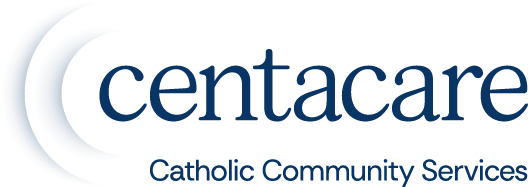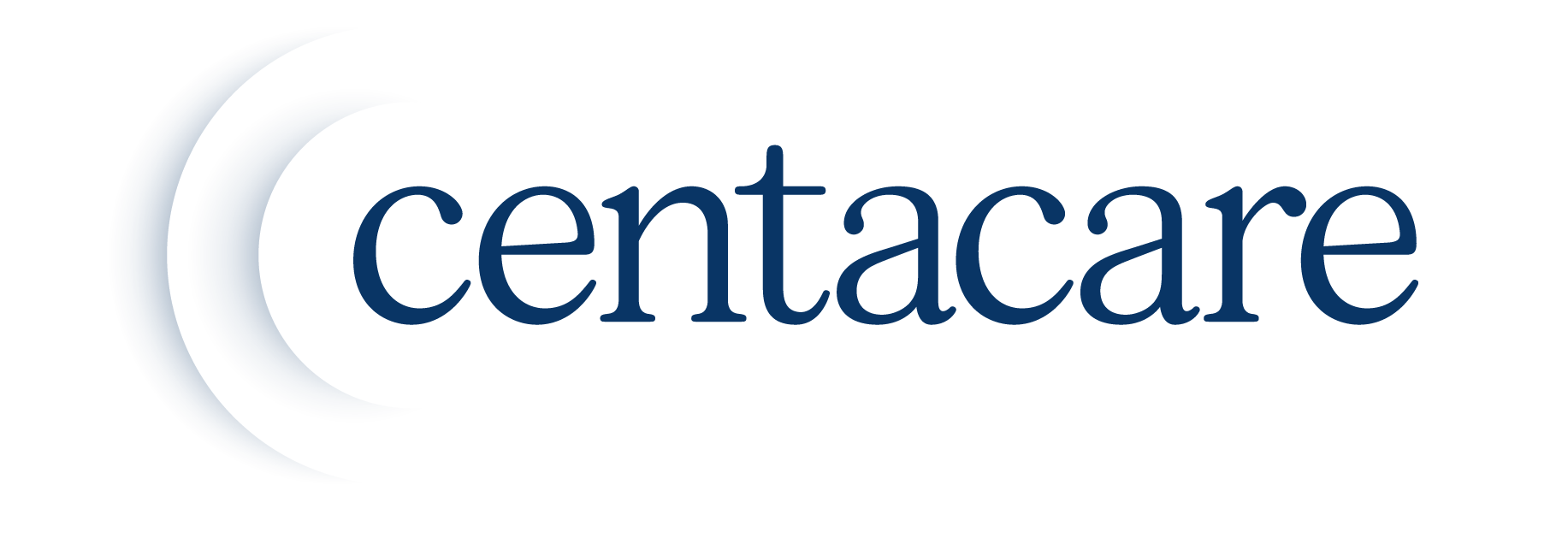Centacare has launched innovative feedback toolkits for children and young people to mark the start of National Child Protection Week (4-10 September).
The toolkits engage children in feedback and evaluative processes, ensuring their voices as service users are not only heard but are amplified at the centre of supports.
By honouring their ideas and providing meaningful opportunities to seek children’s views, we contribute to a community in which they can grow up safe and supported.
“Often we are working with families with one, up to five children, and the focus is on capturing the voice of every child in that family, whether they are verbal or non-verbal,” said Deputy Director Leanne Haddad.
Developed in consultation with program managers and staff across the organisation, the toolkits are tailored to meet different age groups, developmental stages, and specific client and program needs.
From digital resources to paper-based activities, the toolkits give children and young people a platform to have their say, develop agency, and recognise their right to make choices.
“It’s not just about informing service delivery; we bring the child’s voice into everything we do and use that to guide how we interact with clients and write policies and procedural guidance in every program,” said Amalie Mannik, Acting Executive Manager – Children’s Services.
“We also use their voice in our reporting, in terms of things we’re doing well or learnings we can take forward.’’
How the toolkits work
The toolkits have been developed to capture the child’s voice across a diverse range of Centacare programs including residential, counselling and home-visiting services.
For example, for Unify Family Reunification Services, a toolkit was developed to capture the child’s voice through workers’ observations.
“Unify works very differently to the other programs. The service’s therapeutic intervention is with the parent in building their capacity, their confidence, and their ability to parent – they don’t interact with the child or young person in front of the parent,’’ Amalie said.
“Due to their intervention approach, we couldn’t have a tool where the workers go and chat to the children. Instead, we developed a worker observation feedback tool, based around an electronic survey, to record things the child might have said or what the worker has observed between parent and child.
“If a child is saying that they’re in a really good position, they’re really happy, it’s crucial we find creative ways to capture that, as it can be part of informing reunification direction and decision-making.’’
Home-visiting programs, such as RESTORE Intensive Family Services, will use a digital rainbow and drawing pad to help younger clients articulate how they are feeling through colour and illustration.
Outreach and residential services will incorporate paper-based activities alongside electronic resources, which feature dot paintings by talented footballer and artist, Monica Turner-Collins.
For example, children engaged with Centacare Foster Care will circle different pictures to track how they feel at the beginning and end of a placement, while the views of birth children will also be captured throughout their foster sibling’s journey.
“The birth children of the carers can often make or break a placement and we need to know how they’re tracking,’’ Amalie said.
“Often birth children have an idealistic view of what having a foster sibling in their family might look like, but down the track, they might be challenged by the pain-based behaviours they are seeing in their house.
“Some of them absolutely thrive and love being role models and we see that through feedback when they highlight little things, like modelling to a foster child how to use a knife and fork and then their joy of seeing them do this.
“But at the same time, if they’re not coping, we need to know, so we can put measures in place to support them to have their needs met.’’
Amalie said the significance of the child’s voice could not be underestimated.
“If you look at the heart of what we do, if you peel away all the layers of accountability and risk, it’s to help children and young people and ensure that they are in a safe, nurturing environment in which they can thrive and be the best they can be,” she said.
“There’s power in a child or young person having a platform to voice their hopes and dreams, or what they’re wanting and things they are not liking, because it gives us the ability to change it.’’








